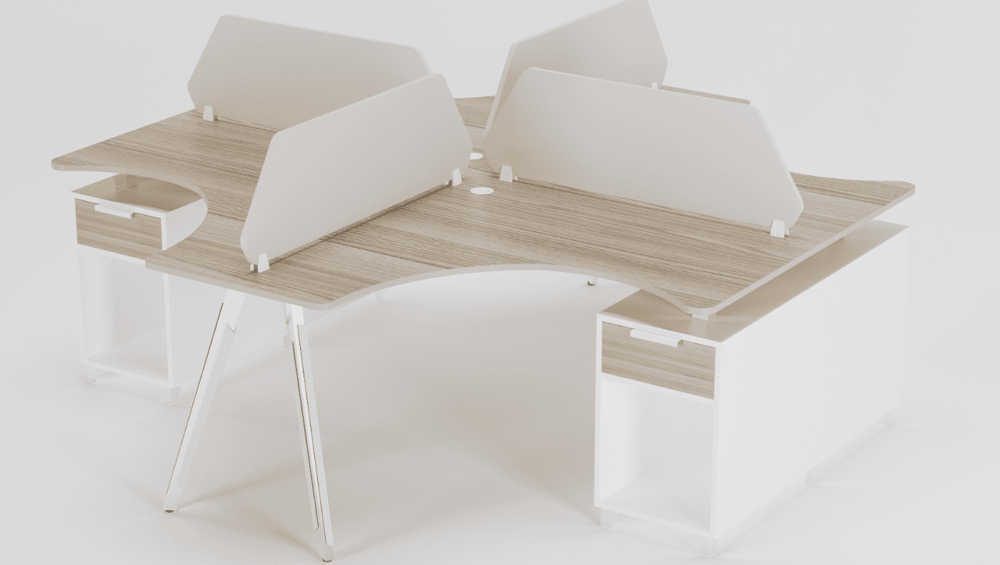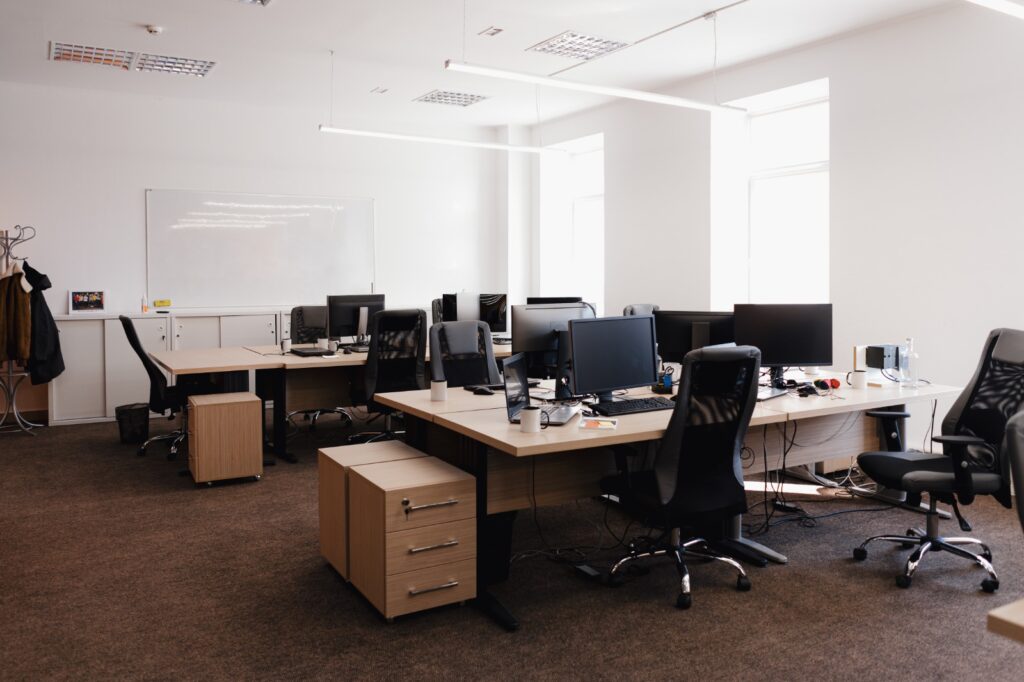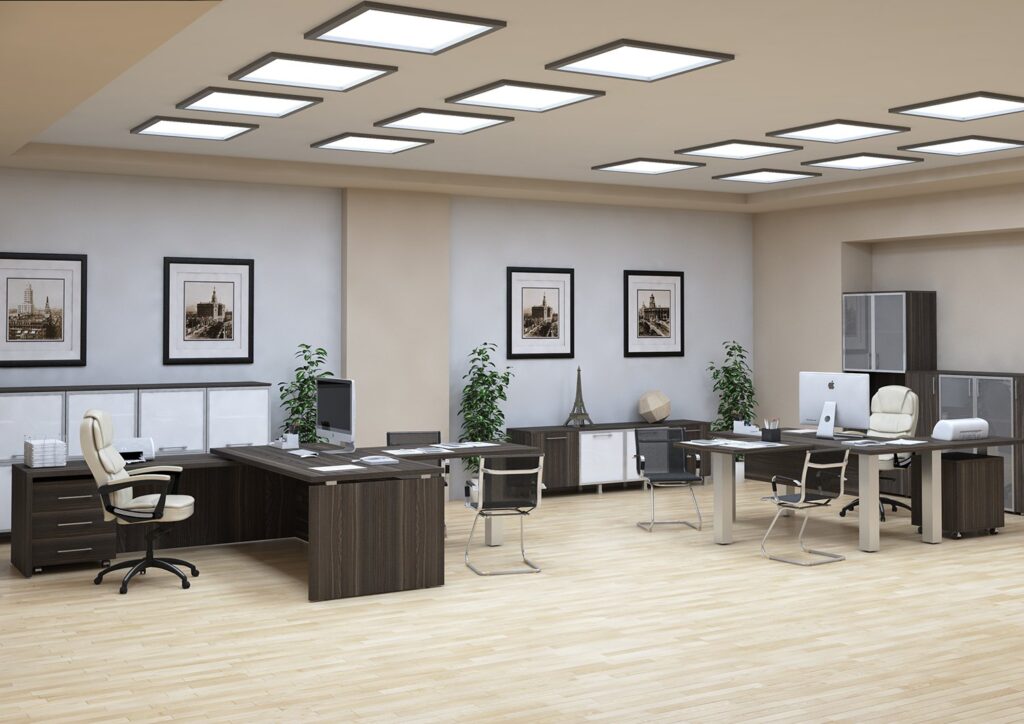What are the Key Elements of Functional Office Workstations?

In today’s fast-paced corporate world, office workstations play a vital role in shaping the productivity and efficiency of employees. A well-designed and functional workstation can significantly impact employee well-being and job satisfaction, leading to improved performance. However, creating an effective workstation involves considering various elements that cater to the unique needs of each employee and the tasks they perform. In this article, we will explore the key elements of functional office workstations that contribute to a conducive and productive work environment.
Check the series: Office workstations in Lahore, Pakistan.

1. Understanding the Importance of Functional Workstations
1.1. The Role of Workstations in the Modern Office
Office workstations serve as individualized spaces where employees carry out their daily tasks, collaborate with colleagues, and maintain focus on their work.
1.2. Impact on Employee Productivity and Well-Being
Functional workstations positively influence employee productivity, job satisfaction, and overall well-being, leading to a happier and more engaged workforce.

For: Commercial furniture suppliers in Pakistan
2. Ergonomic Design for Comfort and Health
2.1. Adjustable Furniture
Ergonomic workstations feature adjustable chairs, desks, and monitor heights, allowing employees to find the most comfortable and healthy position for their work.
2.2. Supportive Seating
Ergonomic chairs with lumbar support and cushioned seats promote proper posture and reduce the risk of musculoskeletal issues.
3. Efficient Use of Space
3.1. Optimal Space Planning
Functional workstations optimize space usage, ensuring employees have enough room for their work essentials without feeling cramped.
3.2. Modular and Flexible Designs
Modular workstations offer flexibility, enabling employees to reconfigure their space as needed for various tasks and activities.
4. Technology Integration
4.1. Cable Management
Integrating cable management systems keeps workstations organized and free from tangled cords, ensuring a clean and safe workspace.
4.2. Tech Accessibility
Functional workstations have easy access to power outlets, USB ports, and charging stations to accommodate modern technology requirements.
5. Personalization and Comfort
5.1. Personal Storage
Providing personal storage options, such as lockable drawers or shelves, allows employees to keep their belongings secure and organized.
5.2. Temperature and Lighting Control
Adjustable lighting and temperature control enable employees to create a personalized and comfortable workspace.
6. Privacy and Noise Reduction
6.1. Acoustic Panels
Incorporating acoustic panels or dividers minimizes distractions and reduces noise levels, promoting focus and concentration.
6.2. Privacy Screens
Privacy screens offer employees a sense of personal space and reduce visual distractions.
7. Collaboration and Interaction
7.1. Collaborative Spaces
Functional workstations include areas for collaboration and interaction among team members, fostering teamwork and creativity.
7.2. Shared Work Surfaces
Shared work surfaces allow for impromptu meetings or quick discussions, encouraging efficient communication.
8. Aesthetics and Brand Identity
8.1. Aligning with Brand Image
Functional workstations can reflect the company’s brand identity and values through their design and aesthetics.
8.2. Inspiring Work Environment
A visually appealing and well-designed workstation enhances the overall work environment, boosting employee morale and satisfaction.
9. Employee Well-Being and Health
9.1. Natural Elements
Incorporating natural elements, such as plants or natural lighting, can contribute to employee well-being and reduce stress.
9.2. Breakout Areas
Providing breakout areas within workstations encourages employees to take short breaks, promoting physical and mental rejuvenation.
10. Incorporating Storage Solutions
10.1. Efficient Organization
Ample storage solutions, like overhead cabinets or mobile pedestals, help employees keep their workspaces tidy and organized.
10.2. Clutter-Free Workspace
A clutter-free workstation enhances productivity and reduces distractions.
11. Conclusion
Functional office workstations are the backbone of a productive and efficient workplace. By carefully considering ergonomic design, space utilization, technology integration, personalization, privacy, collaboration, and aesthetics, businesses can create workstations that cater to employees’ unique needs and tasks. Investing in functional workstations positively impacts employee productivity, job satisfaction, and overall well-being, ultimately contributing to the success of the organization.
FAQs
1. Are functional workstations suitable for all types of businesses?
Yes, functional workstations can be tailored to suit the specific needs and requirements of various businesses and industries.
2. How can I assess the ergonomic design of a workstation?
Look for adjustable chairs and desks, lumbar support, and proper monitor placement to ensure ergonomic comfort.
3. Can functional workstations be customized for individual employees?
Yes, businesses can provide options for employees to personalize their workstations to suit their preferences and work habits.
4. Do functional workstations require professional design services?
While professional design services can be beneficial, businesses can also create functional workstations by considering the key elements mentioned in this article.
5. How do functional workstations contribute to employee well-being?
Functional workstations promote comfort, reduce physical strain, and create a conducive work environment, enhancing employee well-being and job satisfaction.







